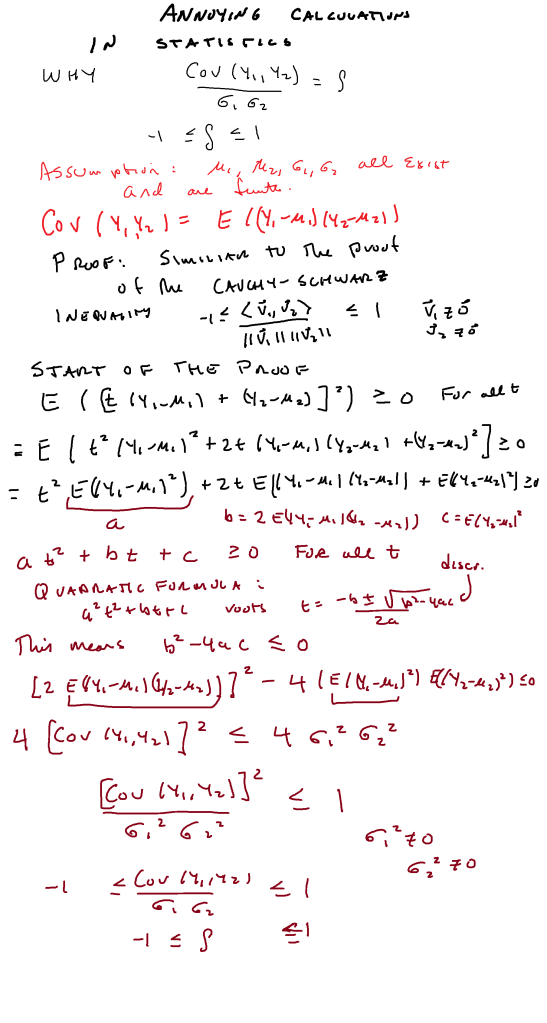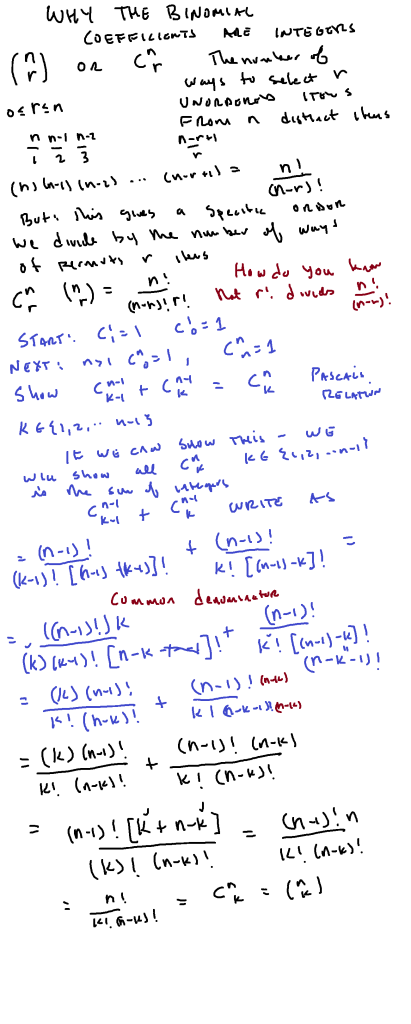The mathematics major is not one that often gets cut, but that is what happened to us. I admit that I saw it coming. Yes, there will be litigation, law suits etc, but most of that is personnel oriented. The fact is that, for now, our math major is gone; not that we won’t try to bring it back when our current top administrators leave, one way or another.
Yes, tenured faculty were cut. That is where litigation will come in. And yes, there is grief over that…a lot of it.
But that is not what this post will focus on.
For some of my colleagues, there is a profound sense of grief of being a math professor at a university that will no longer offer a math major. For them: a big part of their identity was being a mathematician.
Sadly, that isn’t true of me; I lost my identity of being a mathematician decades ago.
Time and time again, I’d go to a conference, be fired up about what I saw, return to campus…and watched the ideas in my head die a slow death under 11-12 hour teaching loads, committee work, etc. Over time, I started switching to MAA type conferences (Mathfest, for example) and finding joy in teaching “out of area” courses, even actuarial science ones. I sort of became “known” for that.
And yeah, I did research, picking off a problem here and there and did enough to make Full Professor at my institution. But more and more, by research became more shallow and more broad. And frankly I lost the appetite for all of the BS that comes with publication (type setting, figures, dealing with pedantic referees, etc) Yes, I have a paper at the referee’s now and I owe a referee’s report as well.
But..well, when I see what the mathematicians are doing at the R1 universities (e. g. Big Ten);, well, what I do simply does not compare..it never did. I came to accept that decades ago.
This is a long winded way of saying that I suffered no ego bruise from this.
Note: I am not saying this is totally over; if/when we get better leardership I might attempt to bring a math major back (yes, I am the incoming chair of the department).
Moving forward: I think that the math major is on the wane, at least at the non-elite universities.






